I’ve occasionally wondered how much of my sensitivity to bike setups is, like the more outlandish things you can persuade audiophiles to believe, an illusion. Can I really feel that half degree of head angle, or that extra flex? The only true way to settle it would be to get two identical sets of components, install them on two different frames, and spend a ride swapping between bikes. Unfortunately, after all the Wagyu steak and Louis Vuitton that writing these reviews pays for, doing an experiment like that would be financially irresponsible. The next best thing is riding a Canyon bike with their Shapeshifter tech built into the frame.
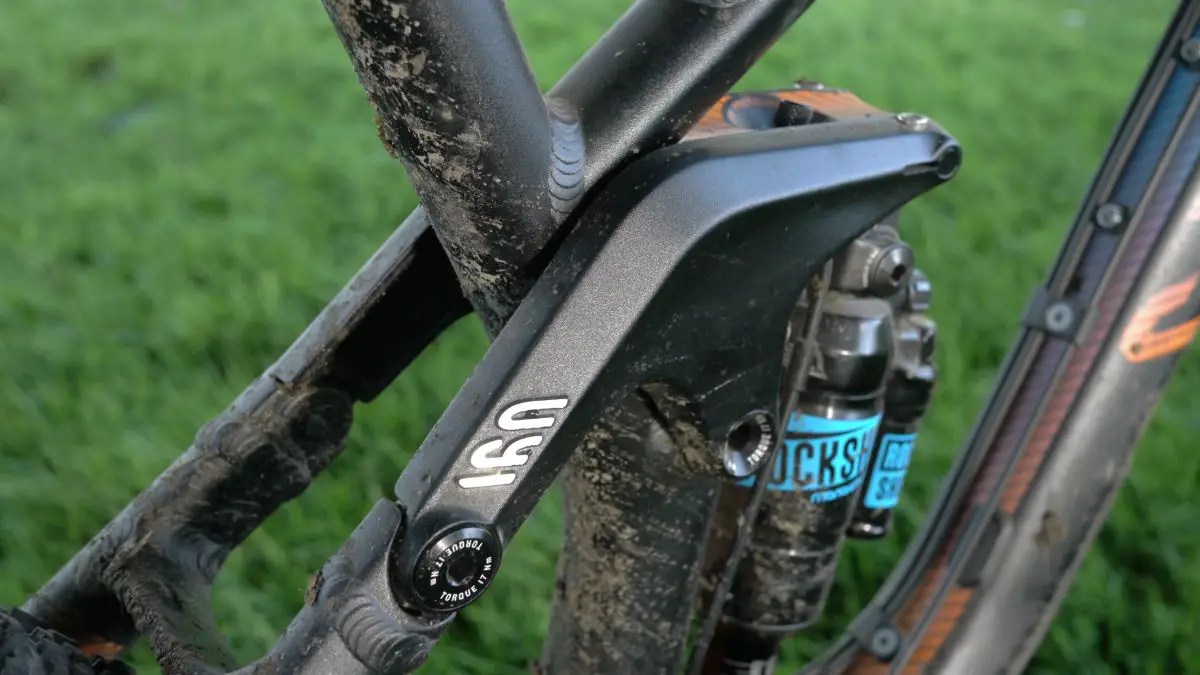
The 2015 edition of Shapeshifter did attract criticism over reliability, but I’m happy to report the 2016 version on this Strive was reliable for the entire test. Shapeshifter is a small gas piston above the shock that can change the shape of the linkage, and hence the bike. Hit the lever while pushing your weight into the pedals, and everything slackens into DH mode. Press it again with your weight on the bars: XC mode steepens the seat and head angles by 1.5 degrees, also raising the bottom bracket and reducing rear travel to 130mm. Even pootling in a car park, the difference is extremely noticeable.
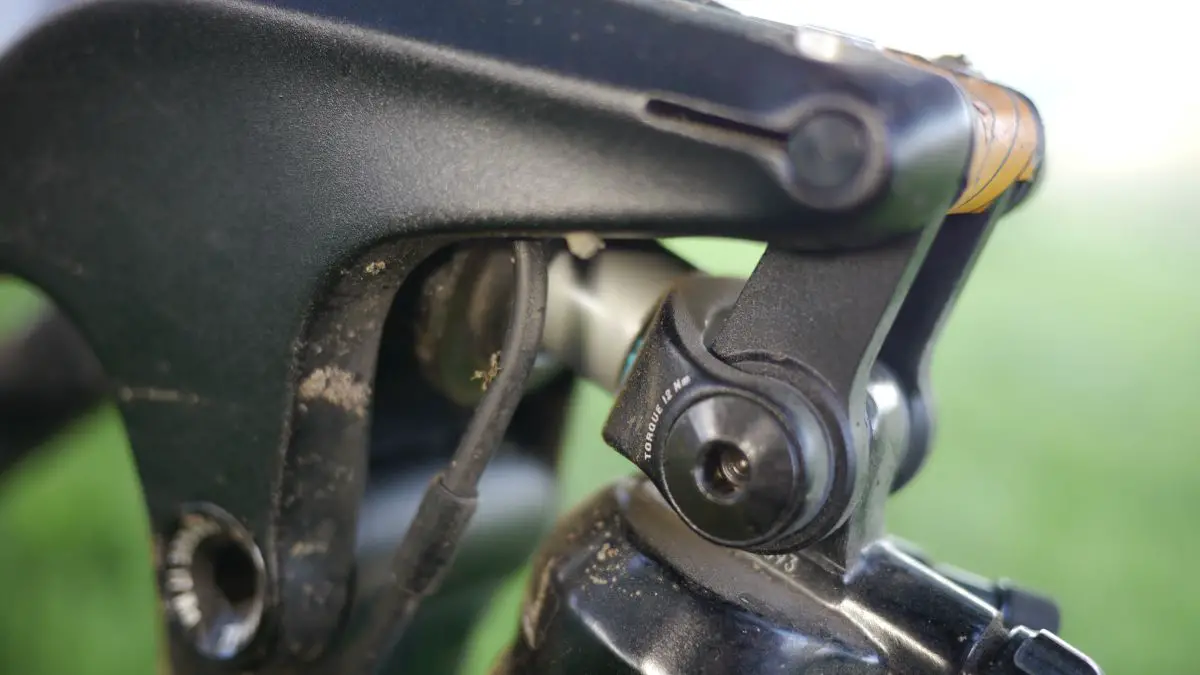
Getting off the bike and tapping the lever makes the bike visibly and very easily pop into XC mode; doing it on the bike was a bit more difficult though, sometimes taking me a few attempts. A small indicator on top of the linkage tells you if you’re in XC or DH mode. I did also move the lever inboard from the default setup right next to the grip, reasoning that on my local trails I was likely to use the dropper post a lot more than the Shapeshifter.
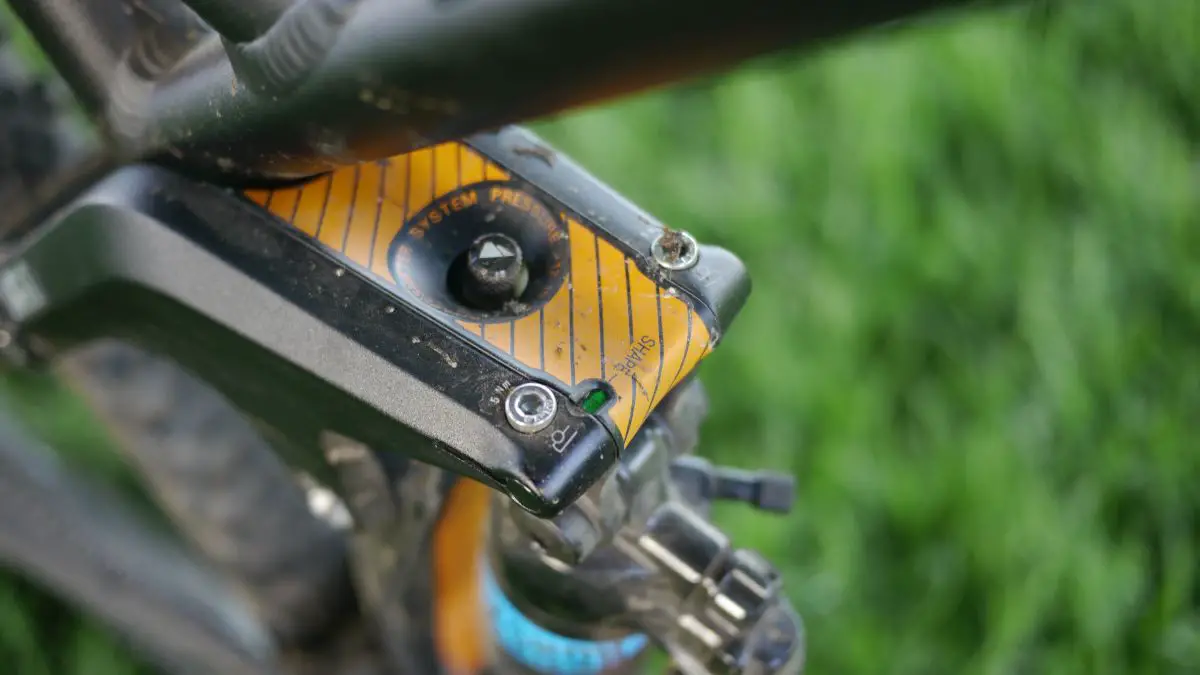
Shapeshifter is the main thing that sets the Strive apart from other bikes. Componentry on this is good, though as you’d expect not the blingiest of bling. The 11 speed SRAM GX groupset came with a 34t ring at the front, which is slightly optimistic if you’re somewhere steep, but I found my legs grew into it. The standard issue Reverb seatpost gave no issues during the test, and the rest of the componentry is aimed a little more toward gravity oriented riders than similarly priced bikes in Canyon’s line, particularly the piggyback shock, wheels, and chain device.
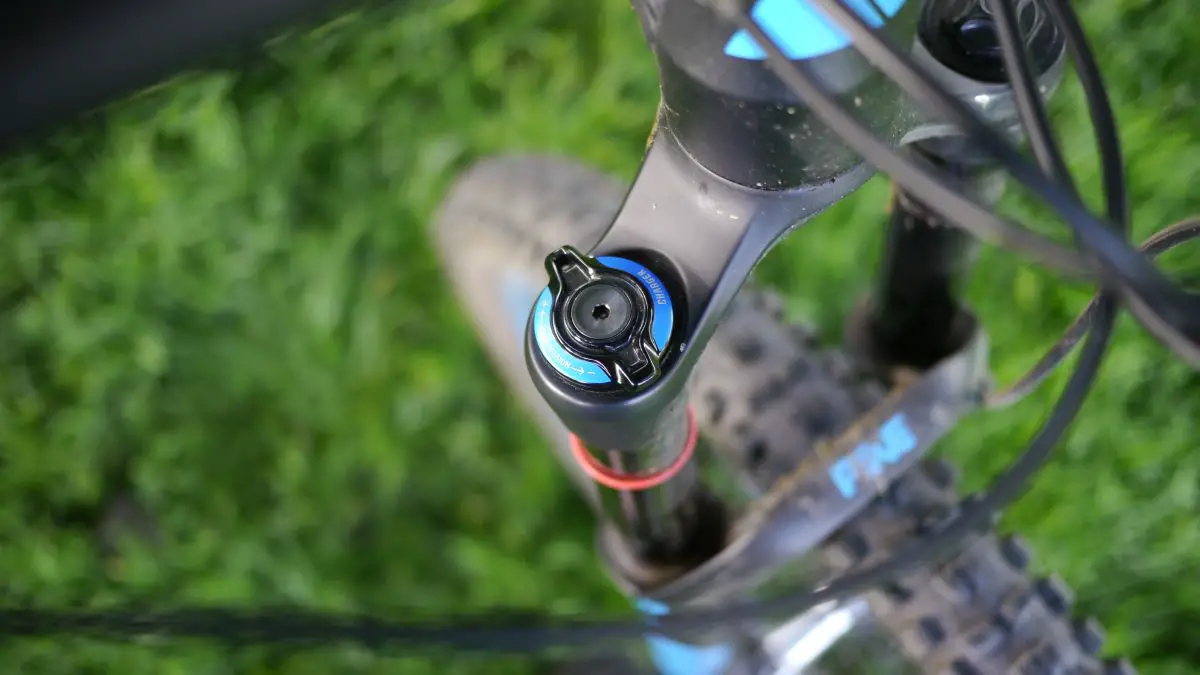
Upfront there’s an ever-trusty set of Pikes, using the OEM damper with many compression dial clicks rather than three positions. This felt like it gave it some nice tunability out on the trail, but with fifteen positions on the dial, I probably am veering into audiophile territory (“Hmm, yes. Riding these ninety-two millimetre babyheads really does benefit from an extra click!”).
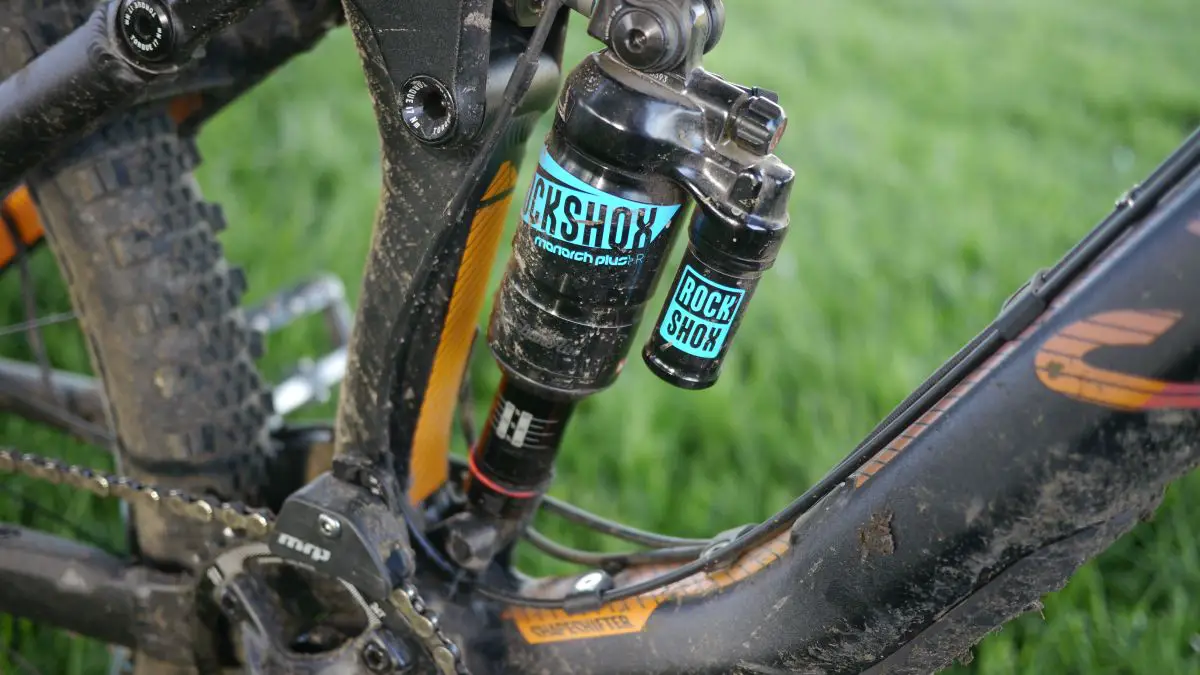
The Monarch shock has no compression switch, just air and rebound adjustments. Canyon reason that the Shapeshifter stiffens it up enough for climbing, and the XC mode does settle into a good compromise with enough bounce for technical climbing, but that bounce was noticeable on long road climbs.
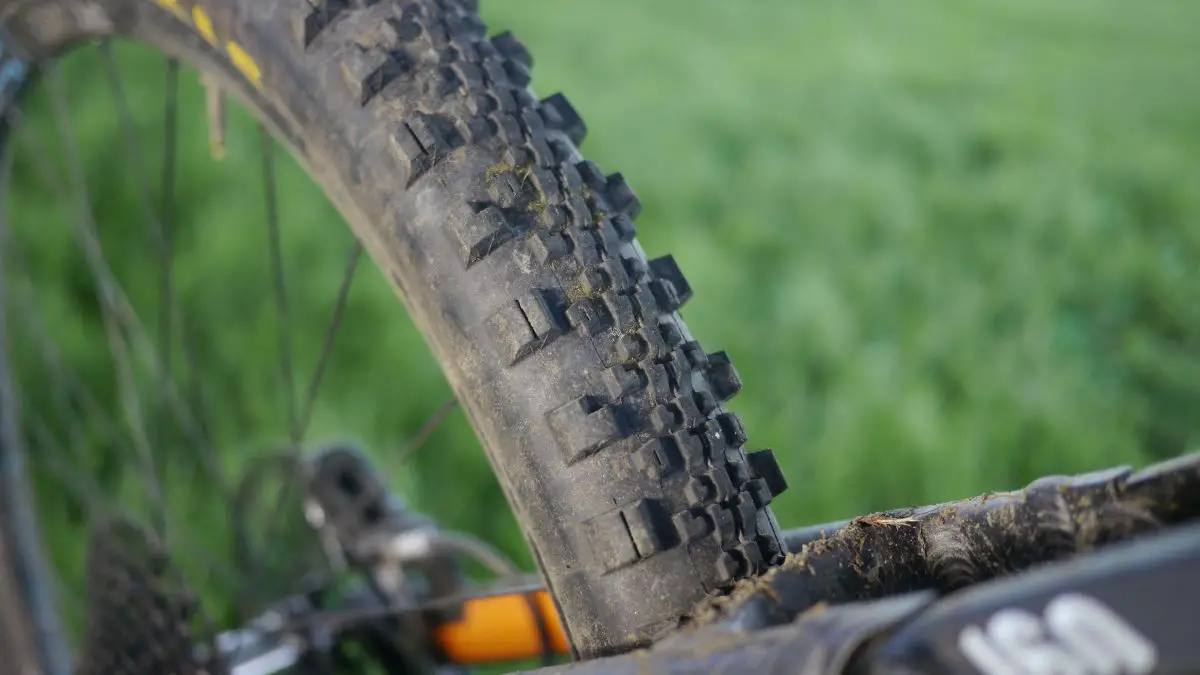
The tyre combination of High Roller II up front and a Minion SS out back was great in dry conditions, but a bit optimistic for the British Summer. Most days, my cornering was ginger and I wanted to swap the semi-slick for another HRII. The DT Swiss Spline wheels were stable and tough; at low PSIs I heard the occasional “dink” of rock reaching rim, but there are no visible dings. The rear hub has DT’s proven ratchet system, and the spokes are straight pull, so you might want to buy a few spares and pack them for any trips.
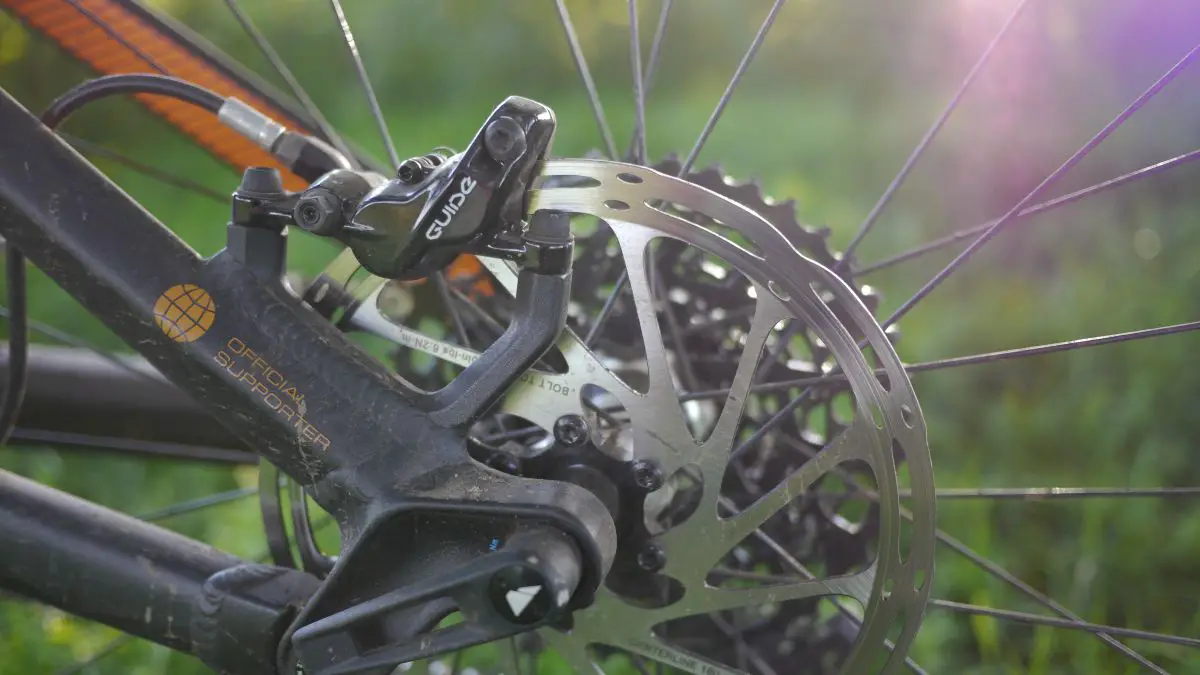
Some might argue that the four pot SRAM Guide brakes are overkill for UK riding, but since I like to minimise braking and stop fast, I got on well with them. I’m not a particularly heavy rider, but if you are you might appreciate them more than most. If I was on Cannock Chase or the South Downs I’d feel overbiked, but that goes for most of the spec. If you ride steep natural trails with opportunities to get in trouble, it’s well suited to them.
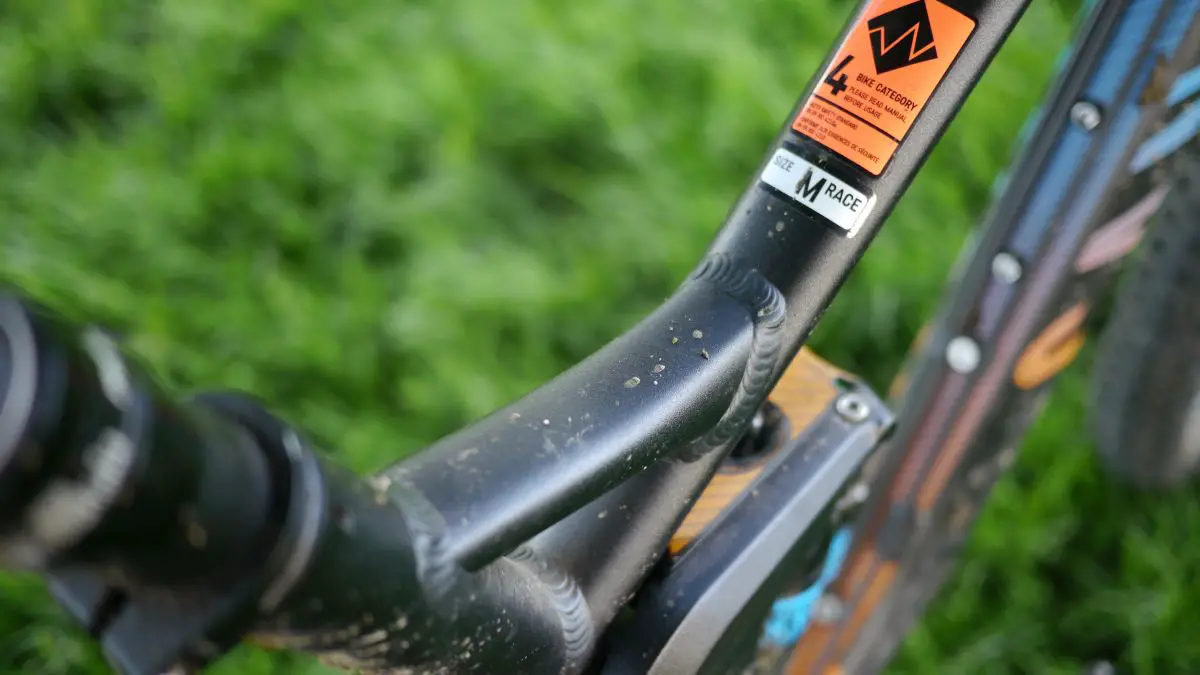
This was the race version of the Strive, featuring a longer ETT than non-race versions (around 25 – 30mm in a given size). On a ride where I got to swap between this and a 15mm shorter, half a degree slacker bike with identical travel, sag and wheelbase, to my surprise it was the Canyon that felt more stable descending.
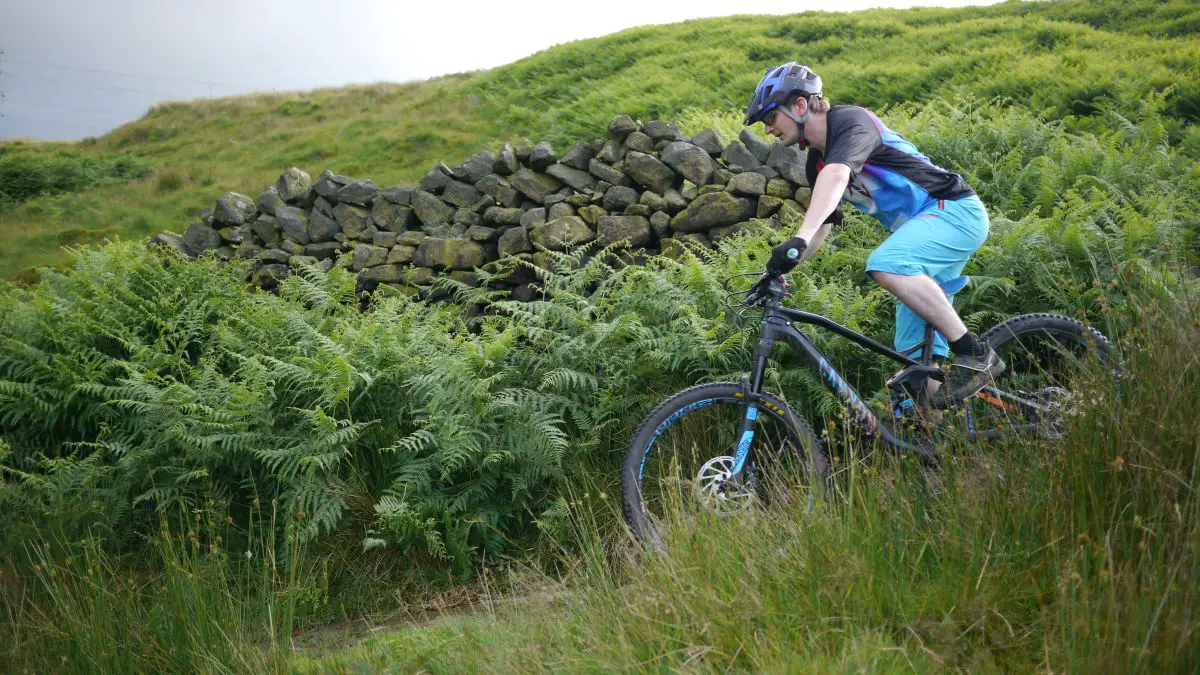
Overall: The Strive is a capable bike that’s good value for money. It might not be the ultra-bling carbon bike of dreams, it’s not the fanciest spec, but it’s tough enough, light enough, and will handle pretty much anything you throw it at.
- Frame // Aluminium
- Shock // Rockshox Monarch Plus R Debonair
- Fork // Rockshox Pike RC
- Hubs // DT Swiss E 1700 Spline
- Rims // DT Swiss E 1700 Spline
- Tyres // Maxxis High Roller II/Minion SS
- Chainset // SRAM GX
- Rear Mech // SRAM GX 11 speed
- Shifters // SRAM GX
- Brakes // SRAM Guide
- Stem // Race Face Respond
- Bars // Race Face Respond
- Grips // Ergon GE1 slim
- Seatpost // Rockshox Reverb Stealth
- Saddle // SDG Circuit
- Size Tested // M Race
- Sizes available // S Race, M Race, L Race
- Weight // 14.0Kg – 30.8lbs





